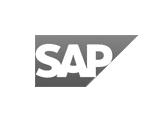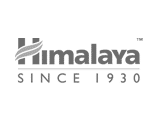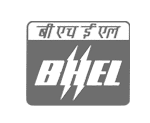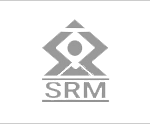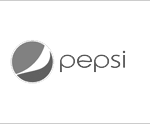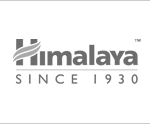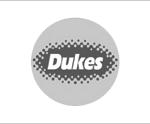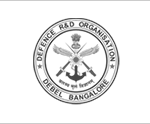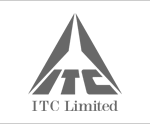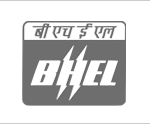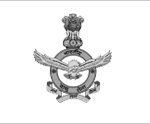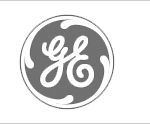STAINLESS STEEL
- Stainless Steel allows to produce corrosion-resistant and functional parts. Here are all information and advice to help you print or machine your 3D model in our Stainless Steel.
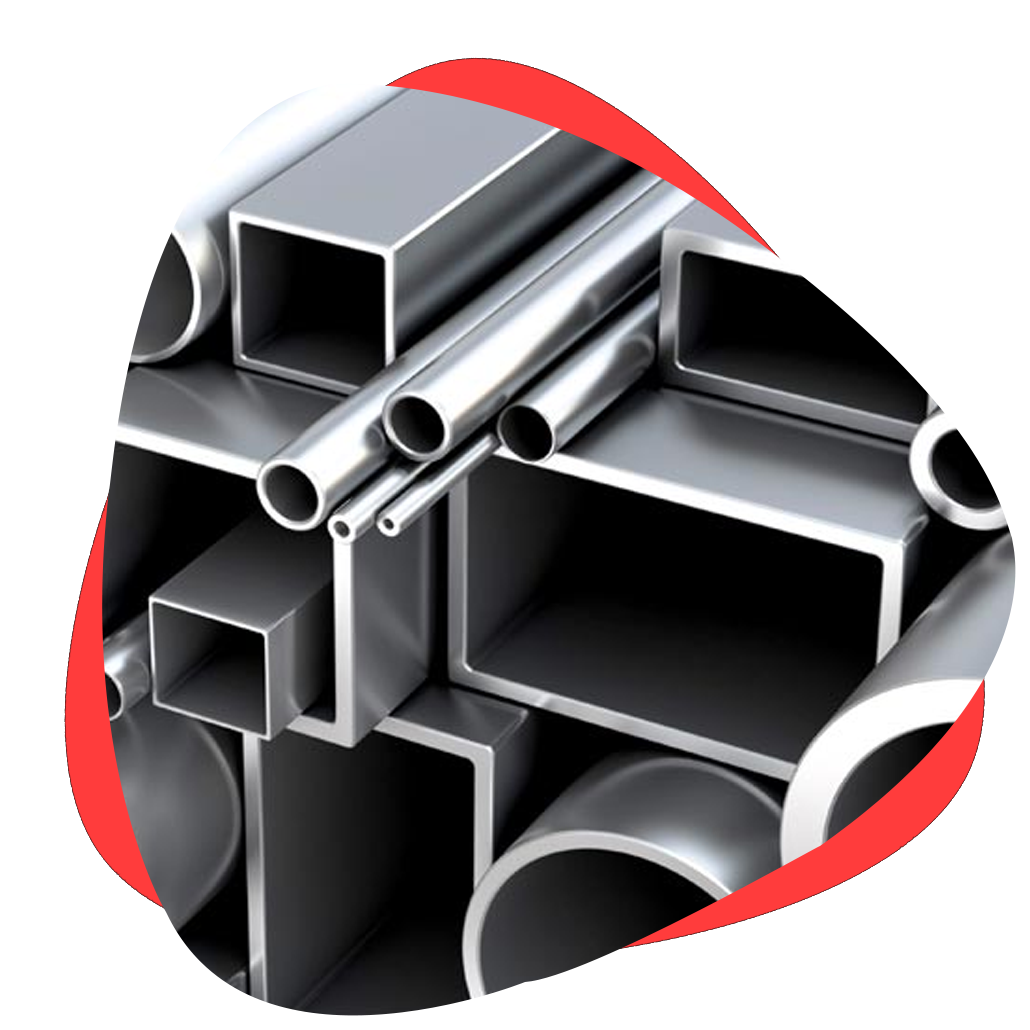
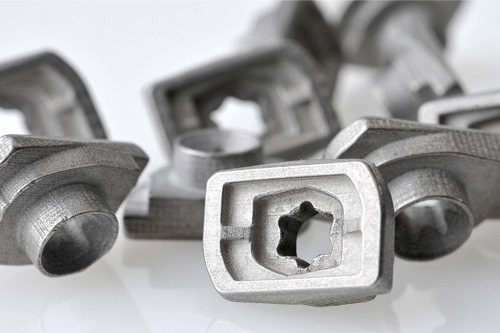
About stainless steel
-
Stainless steel is a strong and durable metal material with good thermal properties and great corrosion resistance.
Stainless steel is one of the challenging materials to work with. When machining a stainless steel part, it is very important to ensure that there is no tool chatter or rubbing caused due to vibration. Our advanced CNC machines help us ensure high-quality surface perfection. Our customers approach us for the following CNC machining services:
Stainless steel 3D printed parts are strong, durable and lightweight with a good level of detail. Depending on the chosen stainless steel material, parts can withstand temperatures of up to 800°C. Another advantage of 3D printing in stainless steel is the possibility of creating large objects with fantastic surface quality and resolution. It is with no surprise that this high-performance metal 3D printing material is used for many industrial applications in aerospace, automotive and manufacturing.
Stainless steel Grades available
| Stainless steel Grades | Description | Process | Advantages |
|---|---|---|---|
| 303,304,316.. | Most commonly used stainless steel Low carbon Better weldability and formability | 303, 304L, 316L, 410, 416, 440C, 17-4PH, Nitronic 60 | Household and industrial applications: screws, machinery parts, car headers, food-handling equipment, |
| EOS SS 316L | Most commonly used stainless steel Low carbon Better weldability and formability | 3D Printing (DMLS/SLM) | Medical, aerospace, applications needing corrosion resistance and hardness |
| 400 Series | Martensitic steels are extremely strong and tough due to higher carbon content, but more susceptible to corrosion in certain environments | CNC Machining | Applications that need less corrosion resistance, more hardness, or lower cost |
| 17-4 PH | 17-4 PH Stainless Steel is a high-strength, highly corrosion-resistant material that maintains its durability up to 1100°F. The PH in its name stands for precipitation-hardened, a type of treatment it undergoes to increase yield strength | CNC Machining | Medical, aerospace, applications needing corrosion resistance and hardness |
| 15-5PH | Higher magnetism than 304 and 316 stainless steel Oxidation and corrosion resistance | CNC Machining | Medical, aerospace, applications needing corrosion resistance and hardness |
| Duplex steel | Have a higher chromium content, 20–28%; higher molybdenum, up to 5%; lower nickel, up to 9% and 0.05–0.50% nitrogen | CNC Machining | Household and industrial applications: screws, machinery parts, car headers, food-handling equipment |
Quick Overview
| Processes | Lead Time | Grade | Tolerance | Price | Applications |
|---|---|---|---|---|---|
| CNC Machining | As fast as 3 days | 303, 304L, 316L, 410, 416, 440C, 17-4PH, Nitronic 60 | With drawing: as low as +/- 0.005 mm No drawing: ISO 2768 medium | Qty & Precision dependent | Industrial applications, fittings, fasteners, cookware, medical devices |
| 3D Printing | 2-4 Days based on size | SS316L | DMLS/SLM - 0.150 mm | Lowest in market | Functional end use parts. |
Design Recommendations
| Services Name | Max Size | Min Size | Min Thickness | Undercuts | Radii Depth |
|---|---|---|---|---|---|
| For CNC Machining | Max Part Size: 600 mm | Min End Mill Size: 0.8 mm | Min Wall Thickness: 0.5 mm | Undercuts: Square profile, full radius, dovetail profiles | Radii: Depth: Depth must not exceed 12x drill bit diameter. For end mills, depth must not exceed 10x tool diameter. |
| For 3D Printing | Max Part Size: 500x500x500 mm | Min Hole size : 1 mm | Min Wall Thickness: 1 mm | Min Feature Size : 3 mm | Recommended fillet & Chamfer angles : > 45 Deg |
| For Molding | Max Part Size: 500x500x500 mm | Min Hole size : 0.5 mm | Min Wall Thickness: 0.5 mm | Ribs should be 40-60% the thickness of outer walls and should still maintain draft | Minimum draft angle of 0.5°, or up to 5°, for faces with medium textures |
Clients

Think3D has been a great partner for us in supplying COVID-19 test cartridges on-time despite the pandemic challenges. When we came up with a new requirement needing a workforce of more than 25 people, think3D took up the challenge and arranged the workforce within 2 days. I highly recommend think3D for any manufacturing needs.
Sanket Srivatsav
Production In-Charge, Molbio

As a professor doing research on new materials, I needed a strong industry partner to assist us. think3D perfectly fit that bill. think3D team is highly knowledgeable on all manufacturing technologies and the team is very prompt in responding to all our requests. My research has been very successful, thanks to think3D team.
Dr. Karthik Chetan V
Asst. Professor, BITS Pilani

We found issue with one part at the time of assembly and needed a quick replacement. think3D team has quickly responded to our request, redesigned the part and printed it using metal 3D Printing and delivered in 3 days time. The part came out really well and the design was better than that of the actual one.
Rama Krishna
Senior Manager (IMM), BDL

